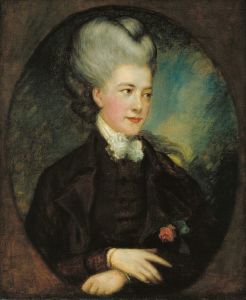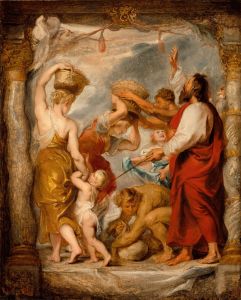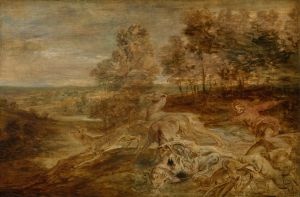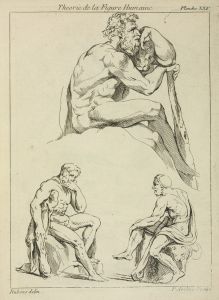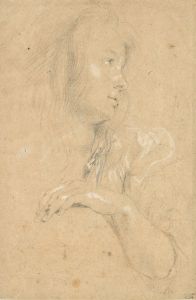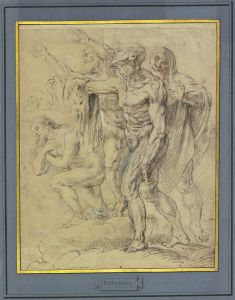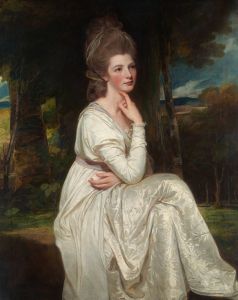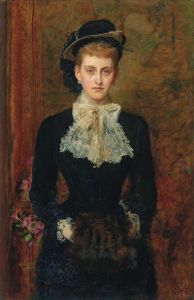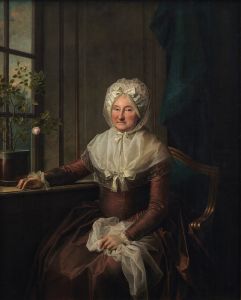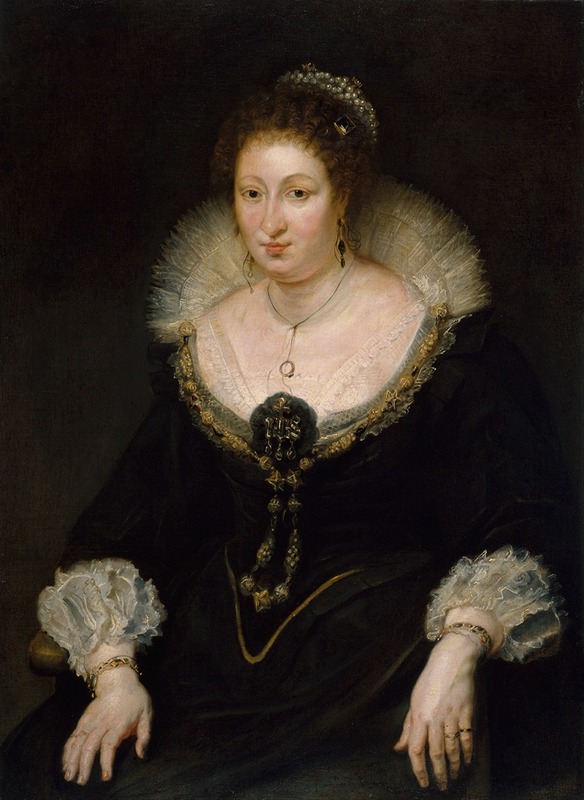
Lady Alethea Talbot, Countess of Arundel
A hand-painted replica of Peter Paul Rubens’s masterpiece Lady Alethea Talbot, Countess of Arundel, meticulously crafted by professional artists to capture the true essence of the original. Each piece is created with museum-quality canvas and rare mineral pigments, carefully painted by experienced artists with delicate brushstrokes and rich, layered colors to perfectly recreate the texture of the original artwork. Unlike machine-printed reproductions, this hand-painted version brings the painting to life, infused with the artist’s emotions and skill in every stroke. Whether for personal collection or home decoration, it instantly elevates the artistic atmosphere of any space.
Peter Paul Rubens, a renowned Flemish Baroque painter, is celebrated for his dynamic compositions, vibrant color palette, and masterful depiction of texture and form. Among his extensive oeuvre, the portrait of Lady Alethea Talbot, Countess of Arundel, stands out as a significant work that exemplifies his skill in portraiture.
Lady Alethea Talbot was an English noblewoman born in 1585, the daughter of Gilbert Talbot, 7th Earl of Shrewsbury, and Mary Cavendish. She became the Countess of Arundel through her marriage to Thomas Howard, 21st Earl of Arundel, a prominent English courtier and art collector. The couple was known for their patronage of the arts and their extensive collection of artworks, which included pieces by some of the most distinguished artists of their time.
The portrait of Lady Alethea Talbot by Rubens captures her in a manner that reflects both her status and character. Rubens was known for his ability to convey the personality and stature of his sitters, and this portrait is no exception. The painting is characterized by Rubens' typical use of rich, warm colors and his attention to detail, particularly in the rendering of fabrics and textures. The Countess is depicted with an air of elegance and poise, her attire and jewelry indicative of her noble status.
Rubens' portraits often went beyond mere representation, aiming to capture the essence of the individual. In this work, Lady Alethea's expression and posture suggest a woman of intelligence and dignity. The artist's use of light and shadow adds depth to the portrait, enhancing the three-dimensionality of the figure and creating a sense of immediacy and presence.
The portrait of Lady Alethea Talbot, Countess of Arundel, is a testament to Rubens' ability to blend realism with idealism, a hallmark of his portraiture. His skillful brushwork and keen eye for detail are evident in the delicate rendering of the Countess's features and the luxurious textures of her clothing. The painting not only serves as a likeness of Lady Alethea but also as a reflection of her social standing and the cultural milieu of the time.
Rubens' work was highly sought after by the European aristocracy, and his portraits were prized for their ability to convey both the physical and psychological presence of the sitter. This portrait is no exception, embodying the grace and sophistication associated with Rubens' best works.
The painting of Lady Alethea Talbot, Countess of Arundel, remains an important piece within the context of Rubens' body of work and the broader history of European portraiture. It exemplifies the artist's mastery in capturing the essence of his subjects while also reflecting the opulence and grandeur of the Baroque era. Today, Rubens' portraits continue to be celebrated for their artistic excellence and their ability to convey the complexities of human character and social status.








